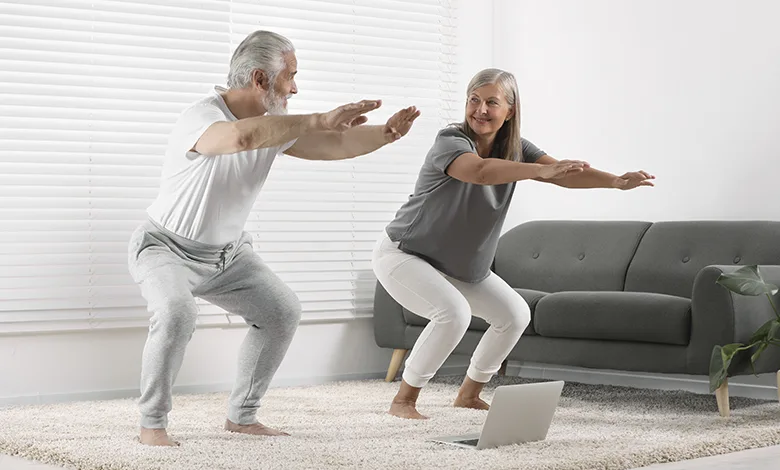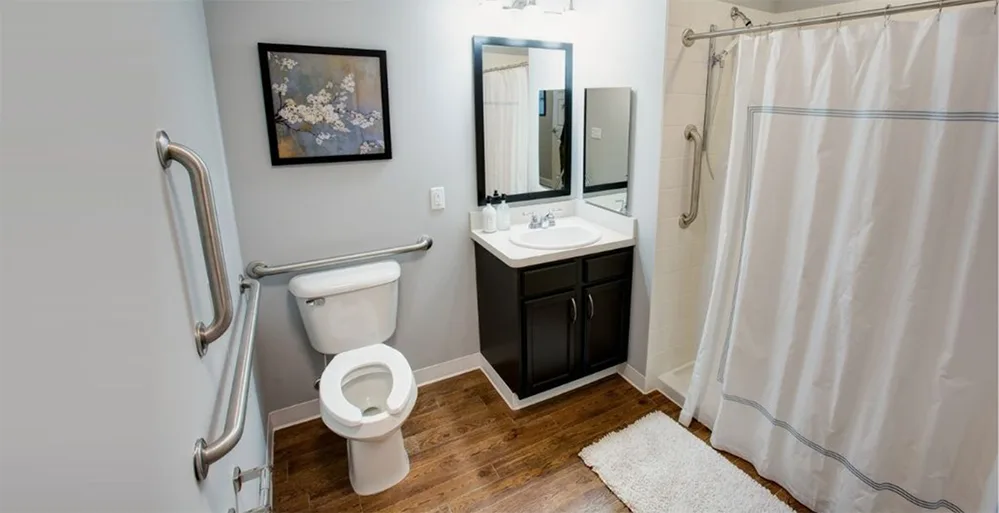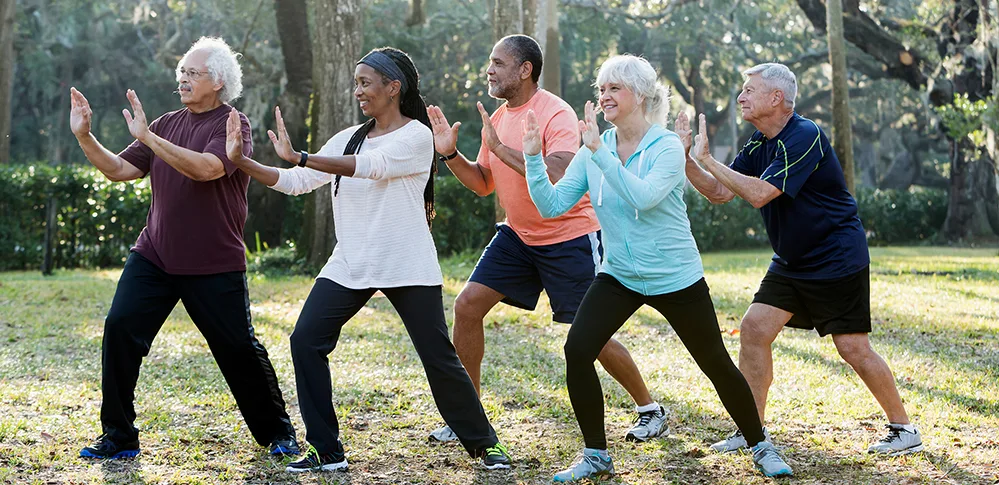Fall Prevention Guide for Adults Over 50
Empowering Independence Through Awareness and Action

As we age, our risk of falling increases. Falls can lead to serious injuries like broken bones or head trauma. Knowing the risk factors and taking preventative measures is vital to avoiding falls as we get older.
This guide will outline the main reasons older adults fall and provide tips to lower your fall risk.

Environmental Hazards
Indoor and outdoor living spaces contain many potential fall risks that we should be vigilant about. Clutter is a significant tripping danger within homes. Piles of boxes, papers, clothing, or other objects in pathways around the house create hazardous obstacles. Make a conscious effort to keep high-traffic areas like hallways, entryways, and the areas around sofas and beds free of clutter. Remove unnecessary items and keep floors open to avoid tripping mishaps.
Proper lighting is also crucial for fall prevention. Bedrooms, staircases, and bathrooms should be well-illuminated to prevent stumbling in dim conditions. Install nightlights or motion-sensor lights to brighten dark rooms and hallways for middle-of-the-night bathroom visits. Install light switches at the top and bottom of staircases for easy access. Non-slip mats, grab bars, and railings are essential bathroom safety additions. Install grab bars near toilets and inside showers to assist with balance during transfers on and off the toilet or in and out of the tub. Apply non-slip adhesive mats or strips in the tub or shower itself to reduce slippery surfaces when wet.
Outdoor areas around the home present fall risks, too. Loose bricks, uneven pavement, rocky or soft terrain, and wet leaves are potential hazards. Wear sturdy shoes with good traction when going outside.
Canes or walkers can provide added stability on uneven outdoor surfaces. Icy sidewalks and driveways should be promptly salted or shoveled clear of snow after winter storms. Paying attention to risks allows you to take preventative measures through lighting improvements, assistive equipment like railings and non-slip mats, removing clutter and tripping dangers, and appropriate outdoor footwear.

Age-Related Physical Changes
As we get older, various physical changes affect mobility and balance. Lower limb support and strength tend to decrease. You may experience:
- Reduced muscle mass and strength
- Diminished vision or depth perception
- Decreased reflexes and reaction time
- Impaired sense of balance
- Stiff joints or pain
- Side effects from medications
These changes can throw off your equilibrium and stability. It would help if you exercised regularly to maintain leg strength and flexibility. Have your doctor review medications for side effects. Get vision and hearing checked annually. Using a cane or walker provides lower limb support when needed.

Medical Conditions
Certain chronic medical conditions raise your chances of falling. These include:
- Arthritis: Causes joint stiffness and pain that limits mobility.
- Diabetes: Can affect vision, circulation, and sensation in feet. Check feet daily.
- Heart disease – Symptoms like dizziness may lead to fainting or falls.
- Neurological diseases – Disorders like Parkinson’s impede coordination.
- Orthostatic hypotension – A drop in blood pressure when standing causes dizziness. Rise slowly from sitting.
- Foot problems – Issues like ingrown toenails or bunions affect gait. See a podiatrist.
Be proactive in managing health conditions through diet, exercise, medication compliance, and regular doctor visits. Use prescribed assistive devices properly. Discuss fall risks openly with your physician.

Medications
Various prescription and over-the-counter medications have side effects that prompt falls. These include:
- Blood pressure medications can cause drops in BP.
- Antidepressants may lead to dizziness or confusion.
- Anxiety medications are linked to impaired balance and coordination.
- Sleep medications increase drowsiness and dizziness at night.
- Diuretics or water pills can cause dehydration and orthostatic hypotension.
Ask your doctor or pharmacist to review all your medicines. Note when dizziness or unsteadiness occurs. Take precautions, like rising slowly from the bed and using nightlights. Report worrisome side effects immediately to your family and doctor.

Prevention Is Key
While falls may seem inevitable with aging, you can reduce many risks through lifestyle changes and safety practices.
You should:
- Balance and strength exercises like Tai Chi should be done routinely.
- Have vision and hearing tested yearly. Update your prescriptions.
- Review medicines with doctors regularly. Watch for side effects.
- Use mobility aids properly. I.E., canes, walkers, or grab bars.
- Wear proper footwear that provides stability and traction.
- Improve home safety with adequate lighting, railings, and non-slip surfaces.
- Stand up slowly to avoid drops in blood pressure.
Falls typically involve multiple factors, from environmental hazards to medical conditions. Identifying and addressing risk factors through prevention helps maintain stability and independence as we age. Don’t dismiss falls as just a natural result of aging. Take steps to lower your risks. Staying active and using safety aids provides lower limb support and balance needed to avoid tumbling. With practical lifestyle adjustments, you can decrease fall risks and boost confidence in daily functioning.
Falls present real dangers to adults over 50. However, practical safety steps and lifestyle changes can minimize many risk factors.
Assessing your unique risks allows you to target prevention in essential areas.
Proactively protect your mobility, independence, and quality of life. Implement the tips outlined here to safeguard your home environment, improve physical conditions, manage health issues, and promote stability. Don’t become immobilized by the fear of falls. Knowledge and preventative actions empower you to understand and reduce risks. With wise precautions, the 50+ population can remain actively engaged in life.





